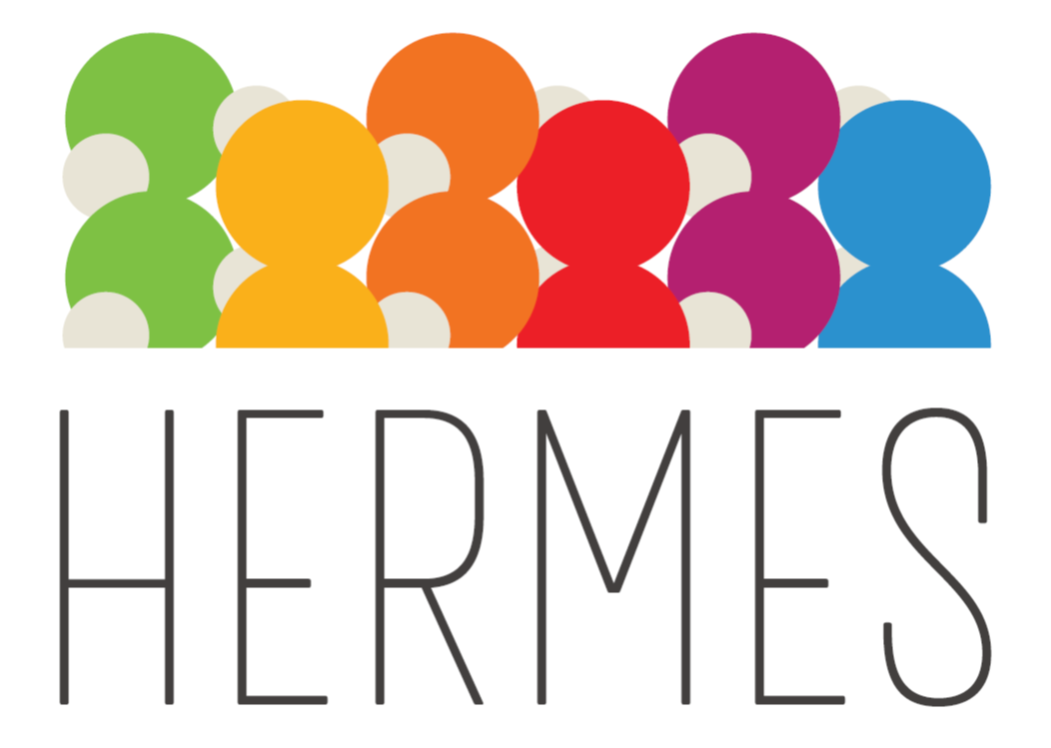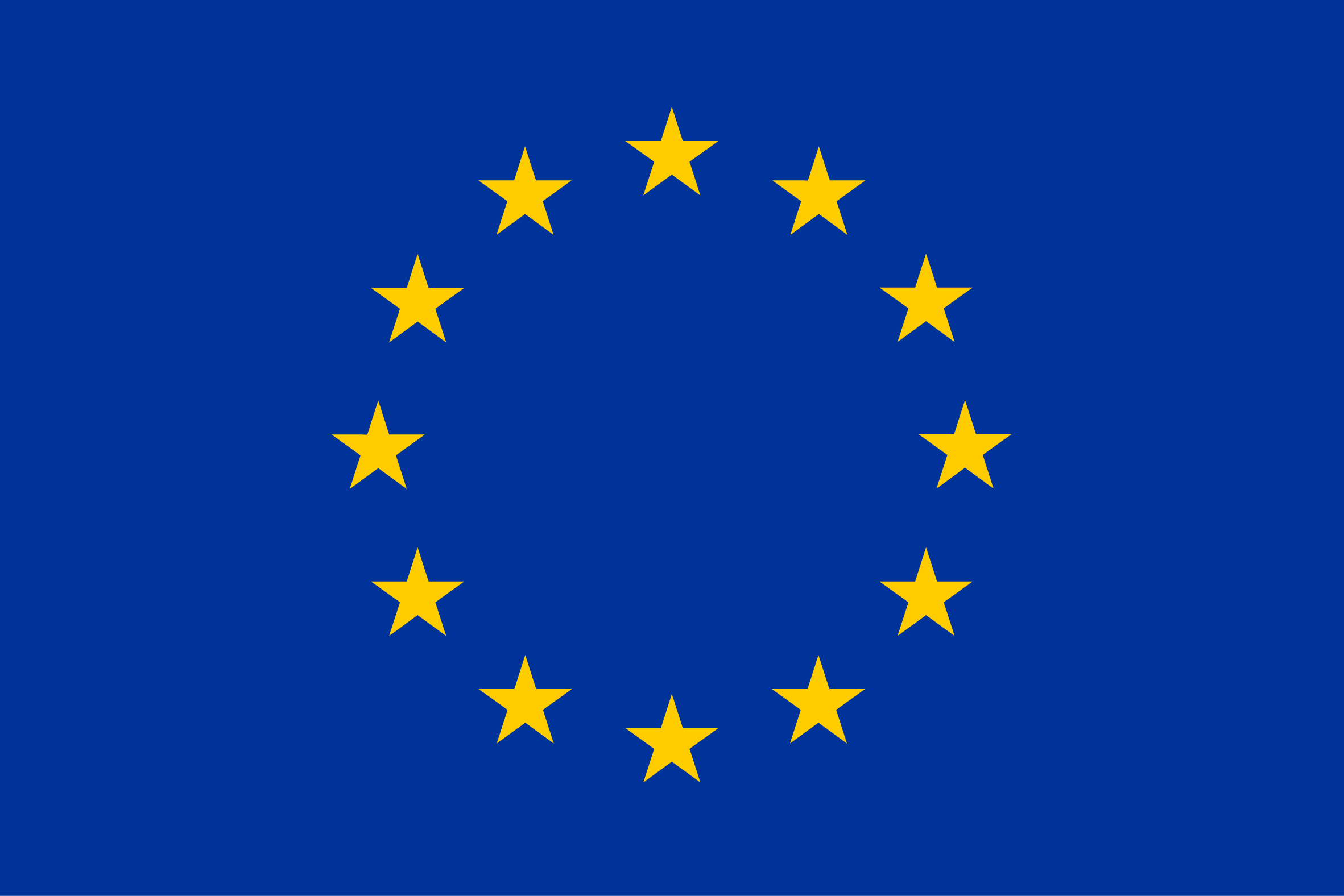Molecules containing carbon-nitrogen (C-N) bonds are vital across healthcare, agriculture, and industry due to their wide-ranging applications. In medicine, they are central to many drugs, including antibiotics, antivirals, antidepressants, and anticancer agents, and are also essential in the structure of amino acids and DNA components. In agriculture, C-N bonds are found in key pesticides and nitrogen-based fertilizers, supporting food security and farming. Industrially, they contribute to the production of dyes, polymers, and other chemicals, underscoring their economic and societal significance.
The SUN2CN project aims to deliver a standalone Solar-to-X device for the conversion of simple, low-energy molecules found in waste streams — such as nitrates (NO3-) and carbon dioxide (CO2) — into valuable carbon-nitrogen (C-N) chemicals, using sunlight as the only energy source. C-N chemicals, such as urea and methylamine, critical for the agriculture and pharmaceutical industries, contribute significantly to human health and quality of life.
To enable the solar conversion of NO3- and CO2 into C-N chemicals, SUN2CN will develop a fully-integrated photovoltaic (PV)-electrochemical (EC) device that incorporates a porous PV membrane coated with selective electrocatalysts in an innovative flow cell design. The standalone solar-to-X device will provide a sustainable solution for the decentralized production of valuable organonitrogen (C-N) chemicals and wastewater treatment, eliminating the need for fossil resources and energy-intensive ammonia production.
SUN2CN aims to achieve a breakthrough in the chemical and energy sectors. It will contribute to the vision of decentralized production of renewable fuels, chemicals, and materials using local resources and solar energy, thereby empowering communities and remote areas.



